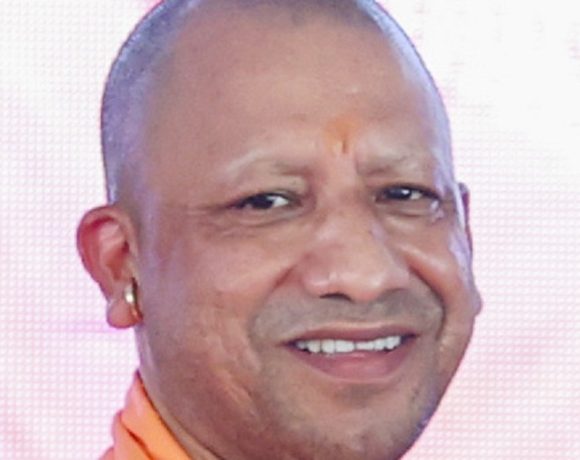
Breaking Down the News: India Shoots Down Drone Using Laser Weapon: DRDO Tech Deployed at LoC
In a landmark moment for Indian defense, the Indian Army recently shot down a drone using a laser weapon. Yes, you read that right – a real laser, not something from a sci-fi movie. This marks the first time India has used an indigenously developed laser weapon in a live operation to neutralize a drone, and it’s a big deal. Not only does it showcase India’s rapid strides in defense technology, but it also places the country in a select global club of nations capable of deploying directed-energy weapons.
Here’s what actually happened. A drone of Chinese origin, allegedly operated by Pakistan, crossed into Indian territory near the Line of Control in Jammu’s Rajouri district. The Indian Army, using a new anti-drone laser system developed by the Defence Research and Development Organisation (DRDO), locked on and took it down. The drone wasn’t just flying blind – it was loaded with five AK-47 magazines, over 130 rounds of ammunition, and ₹2 lakh in Indian currency. After bringing it down, the Army recovered all of it. This wasn’t a test. It was a real threat, neutralized with cutting-edge technology.
So how do these laser weapons actually work? It starts with detection. The system uses a combination of radar, radio frequency detectors, and thermal imaging cameras to identify and track drones. Once a target is locked in, the system first tries to jam the drone’s signals or spoof its GPS – a method called “soft kill.” If that doesn’t work, the system fires a concentrated laser beam – a “hard kill” – that physically disables or destroys the drone mid-air. The laser system used in this case was a 2-kilowatt model, effective at distances up to 1,000 meters. DRDO has also successfully tested a more powerful 30-kilowatt version capable of taking down swarm drones and even fixed-wing aircraft.
This isn’t just one prototype. The Indian Army has already deployed seven such laser-based systems on the northern borders, especially near China. These systems are mounted on vehicles and are fully mobile, offering flexible deployment in sensitive areas. They have also been used during high-security events, including Independence Day celebrations at the Red Fort, where Prime Minister Modi addresses the nation. And more are coming. The Indian Armed Forces have placed orders for 23 additional systems, ranging from 2 to 10 kilowatts, with a combined contract value of ₹400 crore. DRDO, meanwhile, is already working on a future 300-kilowatt laser system that could engage fast-moving missiles and enemy aircraft up to 20 kilometers away.
A question that naturally arises is whether these systems are truly Indian-made. The answer is yes. These laser weapons are fully indigenous – designed, developed, and produced in India. The key lab behind this is DRDO’s Centre for High Energy Systems and Sciences (CHESS), with contributions from Indian industry partners and academic collaborators. There’s no foreign technology transfer here. It’s a product of years of Indian research and engineering, aligned with the “Make in India” and “Atmanirbhar Bharat” initiatives.
The Modi government has played a major role in this progress. With increased focus on self-reliant defense systems and faster clearance of R&D funds, the government has pushed for indigenous capabilities in critical areas. Home Minister Amit Shah recently noted that India’s drone neutralization success rate has jumped from a mere 3% to over 55% with the deployment of these advanced systems. Whether it’s for border security or national events, the government has backed these systems all the way, with operational deployments and public demonstrations of their effectiveness.
But why should the average Indian care about all this? Because it directly impacts national security. Drones are increasingly being used for smuggling arms, drugs, and surveillance. A laser-based defense system reduces the need for costly ammunition, can be used silently, and reacts faster than conventional weapons. It’s also a strong deterrent for hostile nations and non-state actors. In plain words, this technology makes India safer, smarter, and stronger.
This isn’t just a cool headline. It’s a glimpse into the future of warfare – and India isn’t just catching up, it’s setting the pace. With a fully indigenous backbone, strong government support, and expanding deployment, India’s laser-based anti-drone systems are only getting started.


















